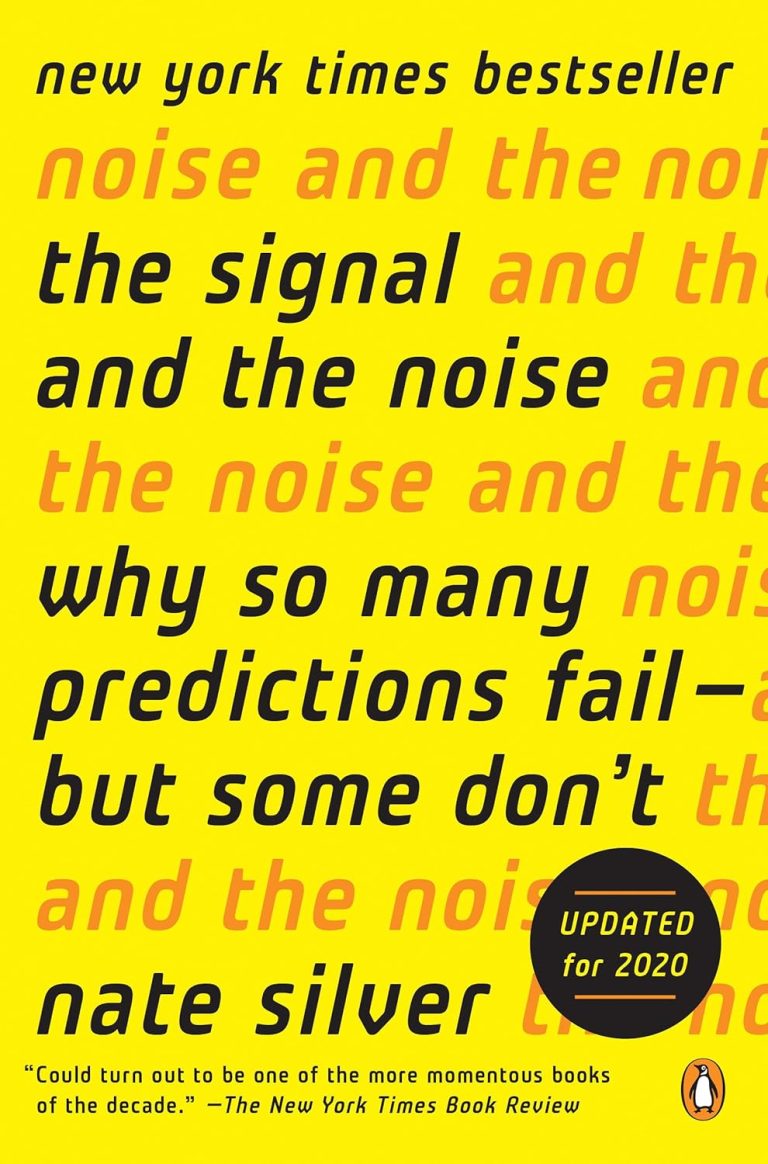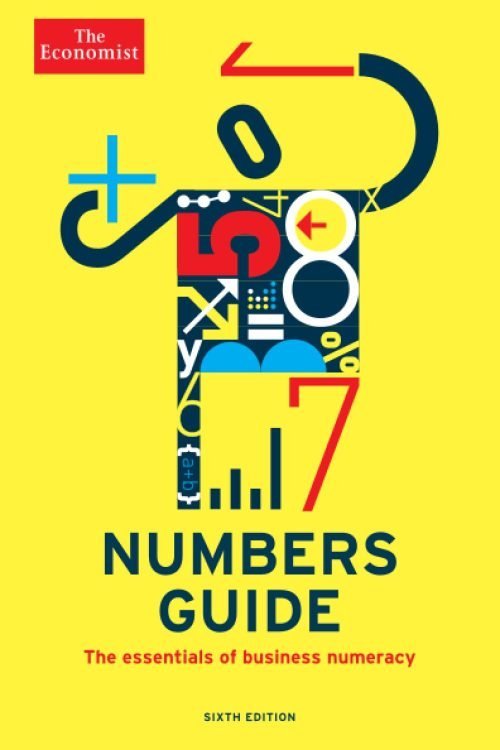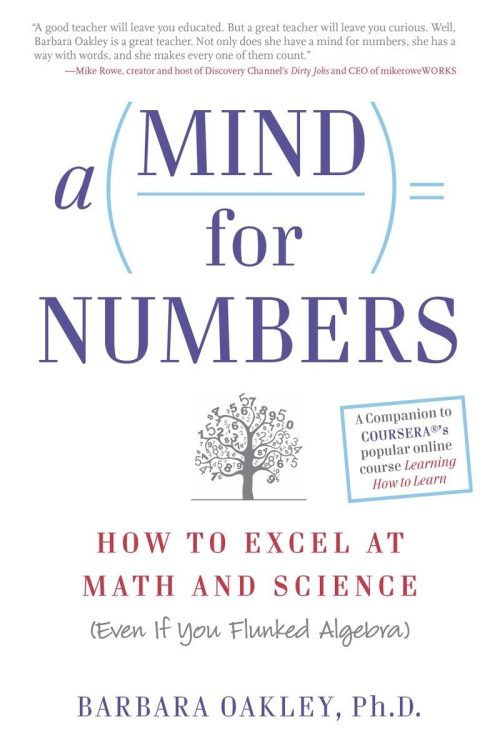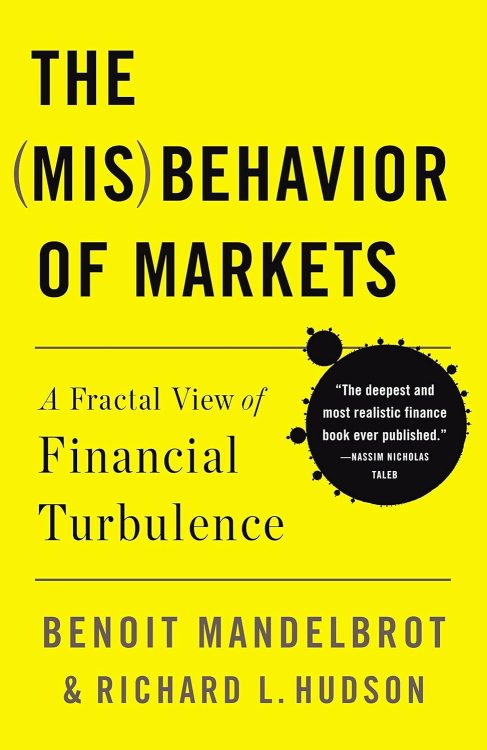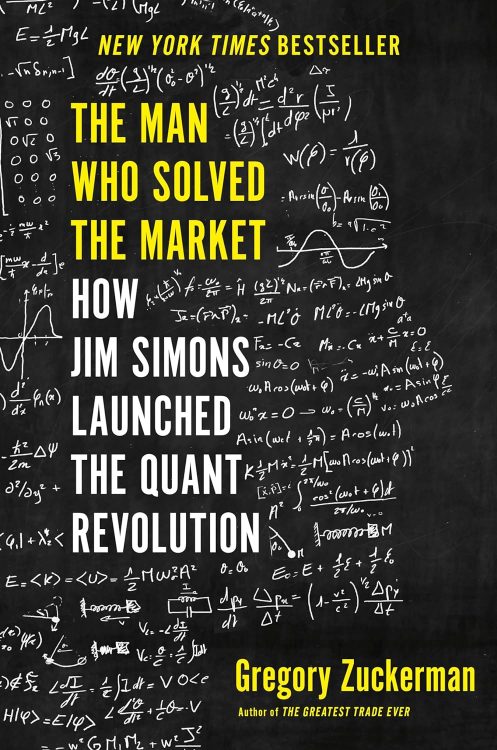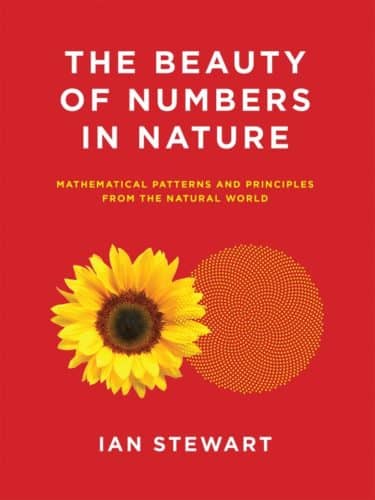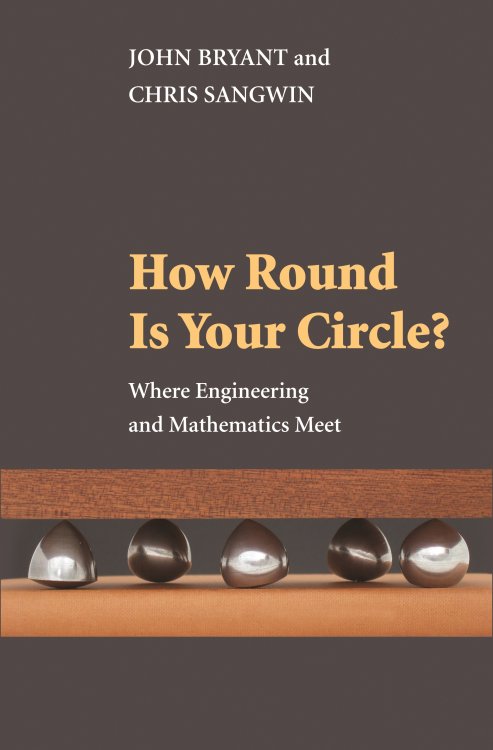“The Signal and the Noise” by Nate Silver is nothing short of a deep-dive analysis into the world of predictions and forecasting. Renowned statistician and writer Nate Silver brings to light the intricacies of differentiating the meaningful ‘signal’ from the confusing cacophony of ‘noise’ that clouds our judgment and predictions. Through this exploration, Silver doesn’t just bring statistical analysis to the average reader, he brings insight into the enlightenment and pitfalls of prediction itself.
Within the pages of “The Signal and the Noise,” Silver tallies the successes and failures of prediction across a broad spectrum of fields. The text thrives on themes of uncertainty, probability, and the complex balance between knowing what can be forecasted and what lies just beyond the reach of current predictive methods. The overarching message is that humility, paired with statistical awareness, leads to better understanding of the future.
Silver’s own experiences in the realms of baseball and politics are woven through chapters that consider forecasting in various domains, including meteorology, and finance. His examinations are meticulous, unearthing layers of thought processes and strategies of seasoned forecasters who have edged closer to precision.
Nate Silver’s methodology in “The Signal and the Noise” is both empirical and accessible. The book serves as a treatise advocating for the relevance and necessity of statistical literacy in a world inundated with data. Silver’s writing style is engaging, often leaning on narratives to break down complex concepts into relatable vignettes that captivate and educate.
Particularly gripping is Silver’s examination of prediction as a ‘paradox,’ where confidence, often misconstrued as competence, can be the very hurdle that prevents accuracy in forecasts. He deftly outlines how an incorporation of probability serves to not just enhance predictions but refocuses the lens through which we view potential outcomes.
One of the book’s greatest contributions is its success in debunking the myth that data alone can solve problems or predict futures precisely. By tying together various tales of forecasting—from the impactful tales of hurricane predictions to the seemingly trivial realm of sports betting—Silver underscores the import of perspective and the diligent scrutiny of data to find patterns.
The book’s exploration of different predictions is not only informative but a subtle call-to-arms, suggesting that amid the increasing complexities of our world, a more probabilistic mode of thinking is required. This serves to not necessarily generate exact predictions but rather cultivate a more nuanced understanding of what the future holds.
In conclusion, “The Signal and the Noise” is a paramount read for anyone living in the data-driven 21st century. Nate Silver has expertly cemented his position as a purveyor of predictions, and his book is an insightful, paradigm-shifting work that calls for a blend of humility and statistical savvy in all forecasts we dare to make.

